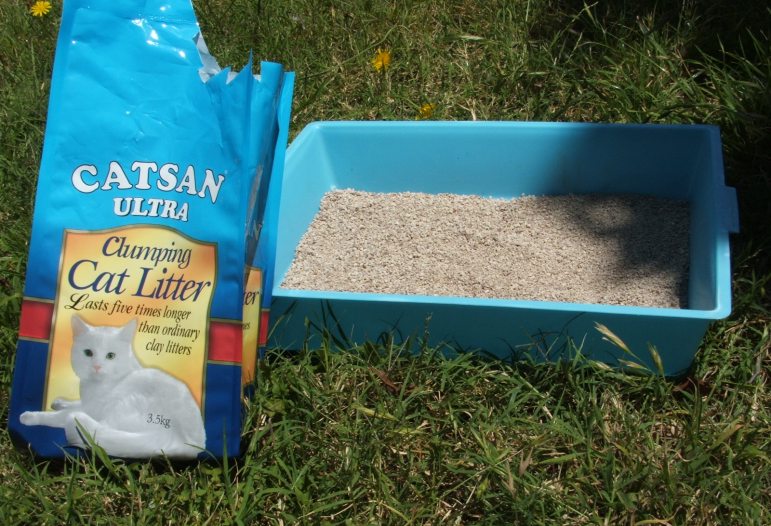Ingenious Inventions Vol. IV
NEON
What it does: Neon gas fills tubes to provide a cool, long-lasting, oddly brilliant, non incandescent lighting tailor-maid for signs that must be seen from a long distance.
Inventor: Georges Claude
Place: Paris, France.
Patent Date: January 19, 1915.
PIGEON STARTER
What it does: Startles pigeons from traps for an improved recreational shooting experience.
Inventor: Henry A. Rosenthal
Place: Brooklyn, New York.
Patent Date: February 16, 1875
THEREMIN
What it does: This electronic music-making device emits haunting tones when "played" by moving one's hands in the vicinity of its active parts, two radio frequency oscillators.
Inventor: Leon Sergejewitsch Theremin
Place: Leningrad, Russia.
Patent Date: February 28, 1929
CHIA PET
What it does: The chia pet is a hollow-bodied decorative ceramic figurine, sculpted with grooves on its external surfaces to accommodate a seed paste. The paste sprouts tinto vegetation to resemble hair on the figurine's surface.
Inventor: Ron Manoah
Place: Dunwoody, Georgia.
Patent Date: February 24, 1994
ZEPPELIN
What it does: The zeppelin dirigible is a lighter than air craft with a rigid frame designed as a vehicle for passengers or freight.
Inventor: Ferdinand Graf Zeppelin
Place: Stuttgart, Germany
Patent Date: March 14, 1899
LAVA LAMP
What it does: The lava lamp is an ornamental lamp consisting of a transparent glass vessel and a visually pleasing lava-like substance that continually bubbles to the surface and then flows back down when the lamp is on.
Inventor: Edward C. Walker
Place: Hampshire, U.K.
Patent Date: March 16, 11974
GOAT TRACTION FOOTWEAR
What it does: The shoe invention described in this patent takes as its model the impressively sure-footed mountain goat.
Inventor: Michael Ray Friton.
Place: Portland, Oregon assigned by Nike, Inc.
Patent Date: May 8, 2001.
KITTY LITTER
What it does: Kitty (or cat) litter is an absorbent, easy to replace substance resembling sand, used in a box or bin as a place for house cats to do their business. The litter keeps odors and messes to a minimum, and cats seem to appreciate having their own neat and tidy toilet facility.
Inventor: Edward H. Lowe
Place: Cassopolis, Michigan.
Patent Date: May 12, 1987
CHICKEN GOGGLES
What it does: When chickens are cooped, they tend to attack one another. Eye protection helps to prevent them from being blinded by the pecking. (The goggles are not intended as a vision aid for fowl).
Inventor: Andrew Jackson
Place: Munich, Tennessee.
Patent Date: June 16, 1903
ASTROTURF
What it does: Astroturf simulates the look and feel of grass but with added durability, for use both indoors and outdoors for a variety of recreational and sporting activities.
Inventor: James F. Faria of Decatur, Alabama; and Robert T, Wright , of Pensacola, Florida.
Patent Date: July 25, 1967
BUBBLE WRAP
What it does: Bubble Wrap is a popular cushioning product used for packing and mailing fragile material throughout the world. (It is also fun to pop).
Inventor: Marc Chavannes, of Brooklyn, New York, assignor to Sealed Air Corporation, of Hawthorne, New Jersey.
Patent Date: July 28, 1964
ESCAPABLE COFFIN
What it does: Provides a means of escape for anyone finding himself in the unfortunate circumstance of having been buried alive.
Inventor: Franz Vester
Place: Newark, New Jersey.
Patent Date: August 25, 1868
"TOWERING INFERNO" FIRE BLANKET
What it does: This innovation in fire control was intended to provide an alternative method to extinguish fires in tall buildings, thus minimizing the casualites and injuries in a tragic "towering inferno" situation.
Inventor: Arthur Paul Pedrick
Place: Sekset, Sussex United Kingdom
Patent Date: October 27, 1976
OUIJA BOARD
What it does: The Ouija board is a novelty used for conducting seances and communicating with the dead.
Inventor: Elijah J. Bond, of Baltimore, Maryland; assignor to Charles W. Kennard and William H. A. Maupin, both also of Baltimore, Maryland.
Patent Date: November 10, 1981
GENETIC ENGINEERING
What it does: Manipulates DNA structure by incorporating replicable genes into cells.
Inventor: Stanley Cohen, of Portola Valley, California, and Herbert Boyer, of Mill Valley, California.
Inventor: Stanley Cohen, of Portola Valley, California, and Herbert Boyer, of Mill Valley, California.










Comments
Post a Comment